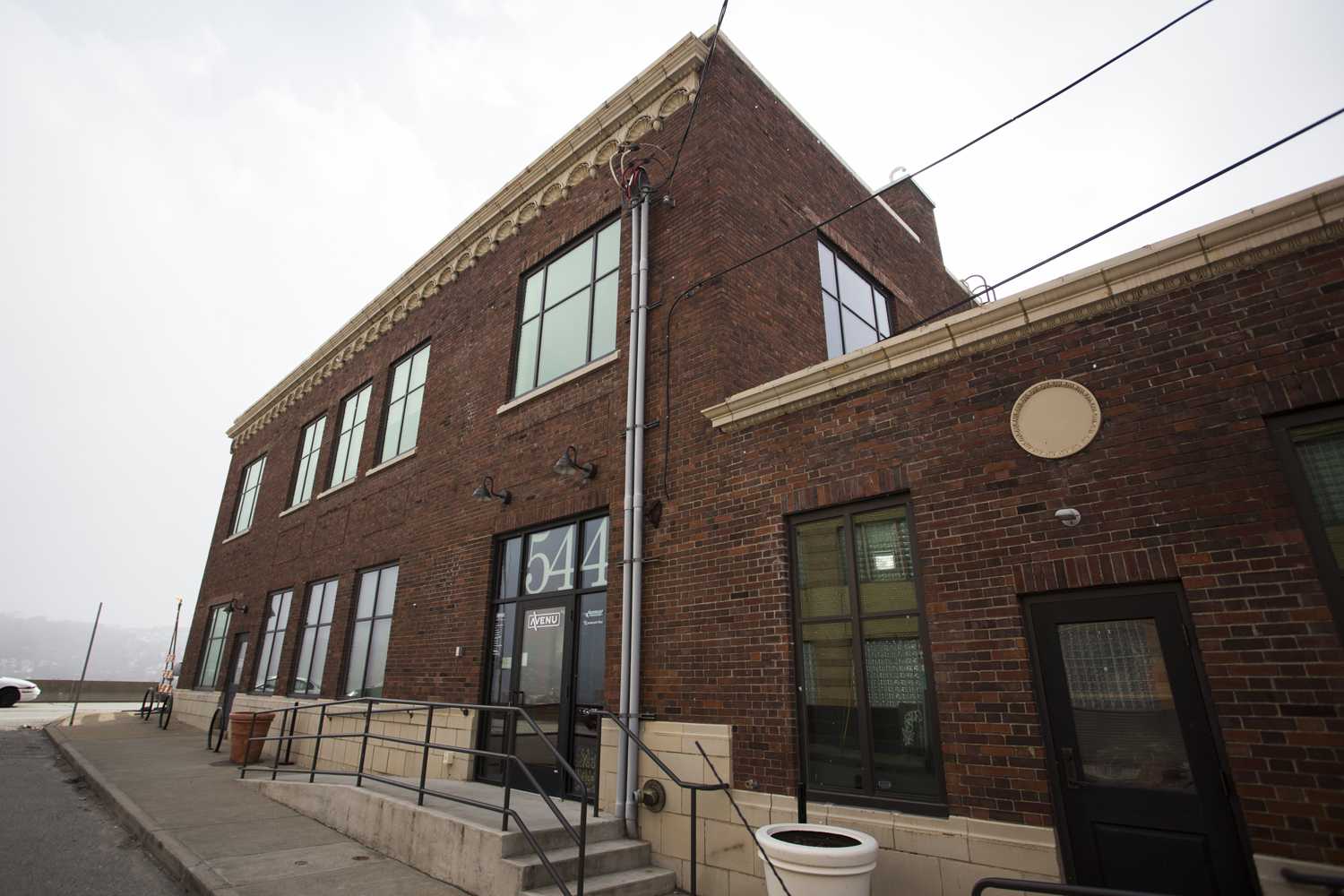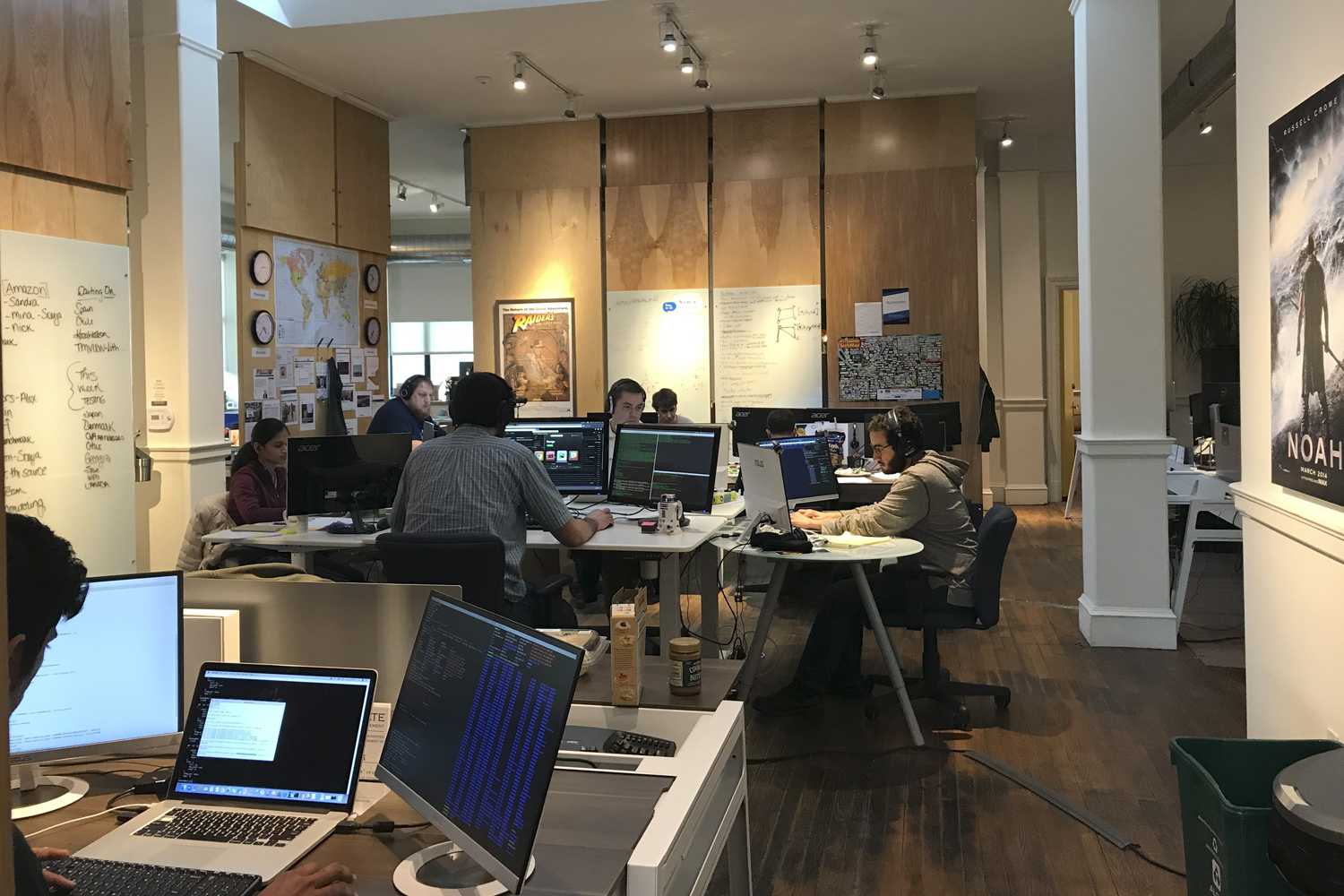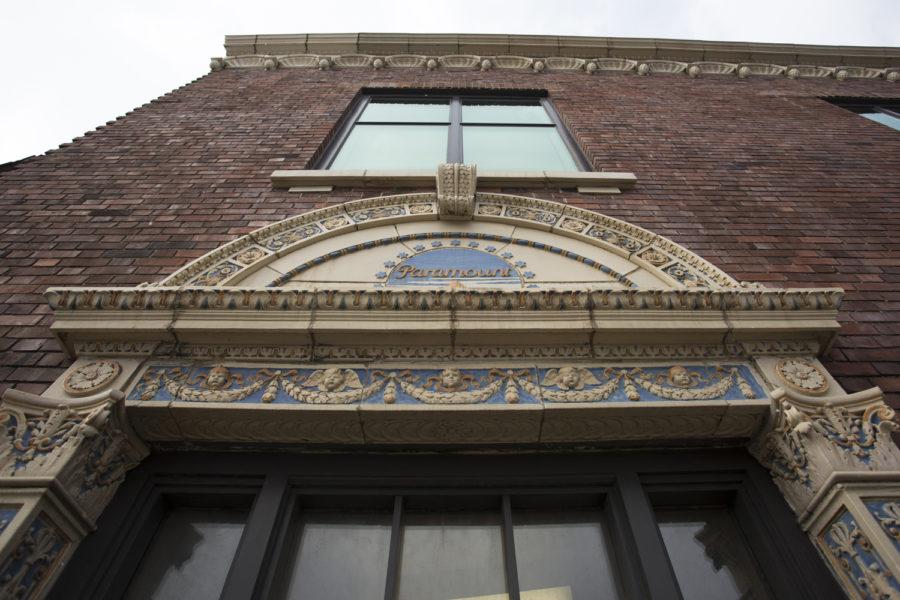As a teenager, movie fanatic Drew Levinson noticed a run-down brick building with a familiar logo — 24 stars circling a mountain — as he passed it on his way to crew practice from Taylor Allderdice High School.
The building sat in the back of his mind until 2009, when he stumbled across a film contest held by the Young Preservationists Association of Pittsburgh about the preservation of an endangered building in western Pennsylvania.
“Besides the prestige of having been an actual film studio, there must have been history, and I knew it would have won first place,” Levinson said. “It’s amazing that it happened the way it did, and it was almost like it was meant for me to do it.”
Utilizing all the resources he could, Levinson, now 30, was quickly guided by his screenwriting teacher at Pittsburgh Filmmakers to experts and national records. He eventually unraveled a more complex story than he expected in his contest entry video.
“It was like discovering a hidden treasure, because everybody knew something different about the building and they had suggestions,” Levinson said. “[The video] doesn’t necessarily look good — but I guess what I’m saying is that I sort of knew the material would speak for itself, and I wasn’t caring about the whistles and bells of how I filmed it.”
Between Oakland and Downtown, along the Monongahela River sits Uptown, an art- and history-filled neighborhood that played an important role in the early 20th century, at a time when Pittsburgh was at the forefront of the film industry.
Along what is today’s Boulevard of the Allies were several film exchanges from notable film companies such as Twentieth Century Fox, Warner Bros. and RKO Pictures. Essentially, these film exchanges were a way for film companies to supply theaters with early looks at the upcoming films and their posters. With the multitude of celluloid films they carried, together the companies created what became known as “Film Row.”
The last remaining building from “Film Row” in its original form is the Paramount Film Exchange building at 1727 Boulevard of the Allies. Built in 1926 by R.E. Hall Co., the square brick building still carries many of its early features — most recognizably the Paramount Pictures logo made of tiles that spans across the width of the side entrance.
With the new technology of the film industry came the slowing of film exchanges until the late 1960s, when they essentially became obsolete and were left vacant.
Eventually being occupied by a pest control business and then taken over by UPMC, the Paramount building went through multiple ownerships but no major renovations.
After Levinson submitted the video, Dan Holland, a fifth-year graduate history student at Pitt who was director of YPA at the time, immediately saw the potential for the building to be successfully deemed a historical landmark — especially considering the possible demolition of the building into another parking lot.
“We’re sort of like pioneers,” Holland said. “We go out and find those buildings that are neglected but have great potential — that we know can be great investments for individuals and companies and that can be success stories.”

Touring the building in person, Holland knew it would need work, especially as it sat unused for more than 20 years. However, he also knew that the building was structurally sound — the bones of the building were still in good condition.
During the nomination process, Levinson and Holland worked together with the YPA to not only generate interest among the public, but to prove that demolishing was not the right direction for a vacant historic building in a developing neighborhood.
From jumping and dancing with signs, bells and noisemakers along the sidewalk as runners raced by to directly campaigning at people’s doorsteps, “Save the Paramount” became a trademark slogan for the YPA during several commissions, hearings and votes.
“I like to look at it like a military campaign — you don’t want to lead troops down into battle and then get slaughtered,” Holland said. “I wanted to be that guy that, before the bulldozers pull up, before the wrecking ball starts to swing, can get ahead of that and identify a property or a number of properties that we can protect before they become lost of further endangered.”
The Paramount Film Exchange building received the mayor’s signature and officially became a historical landmark in 2010, restricting any future demolition to the exterior of the building without approval.
It wasn’t until entrepreneur Dale McNutt, an Uptown resident, partnered with site owner Alexander Denmarsh that the building’s interior begin to see major change.
“My vision was that we had to create a more entrepreneurial culture,” McNutt said. “It’s not just about STEM — it’s about STEM, but it’s also about the arts. It’s about making and it’s also about a strength in psychology of being on the planet.”

McNutt’s business, StartUptown — now known as Avenu — partnered with Denmarsh Studios to both redevelop the building as a co-working space and to preserve the history within the building’s walls.
To preserve the building’s history, the designers implemented multiple movie posters presented with museum-style text bars about the entrepreneurs of the time while also keeping the original wooden floors, skylight and the fireproof vaults.
And a rotating collection of movie posters reflecting current and old Paramount Picture films hang on almost every wall in the building. But there is one poster in particular that was left from the building’s thriving years — acting as sort of a spirit from the past.
“That’s the only piece of art that was left in the building — that Paramount News poster was the only indication that they had been here. Everything else had been stripped away or was gone by the time we got here,” McNutt said.
To remember the movies that were shared at this venue, visitors are greeted with a 24-hour black-and-white Paramount films screening on a TV screen as they walk in the front door.
“Nobody had ever seen it before and all of a sudden our eyes were open and it was really kind of a nice end point to our efforts,” Holland said. “We went from a building that was too dangerous to do anything with to a building that is 100 percent occupied and reused as an asset for the community.”


